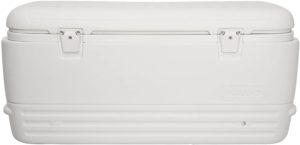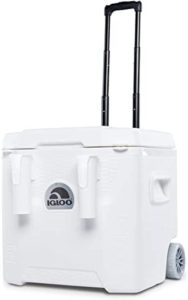How Long Do Catfish Live?
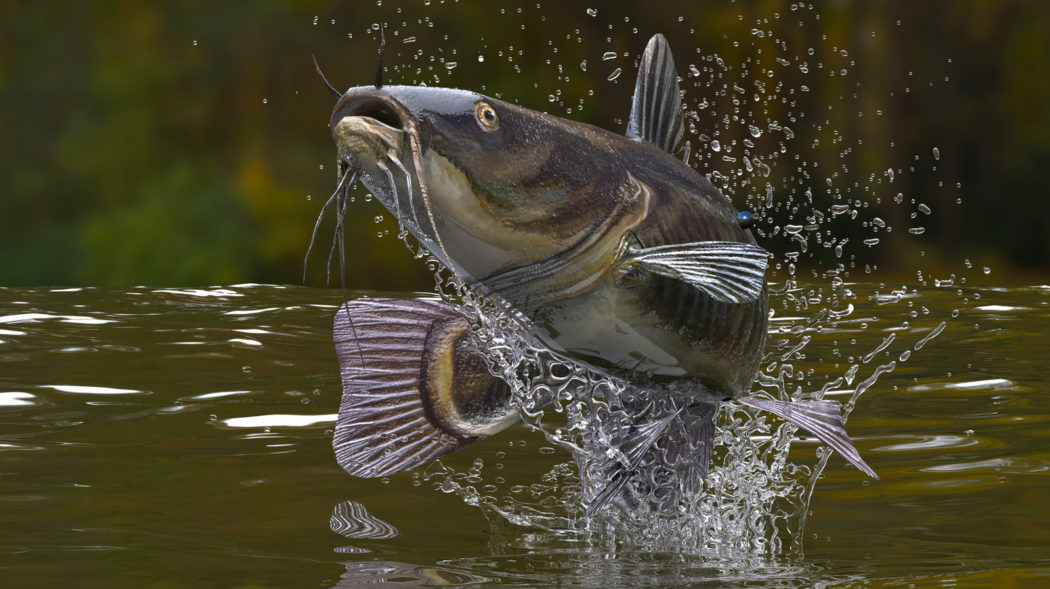
You can find catfish throughout the world, but how long can they live? Scientists believe there are between 3000 and 4500 different species of catfish, and they all live different lengths of time. For instance, the Mekong giant catfish lives more than sixty years while many other species live eighty to a hundred years.
Channel cats, however, usually only live six or seven years but do occasionally live ten years. Flathead catfish, according to the Texas Parks and Wildlife, only live twelve to fourteen years on average. So, it is easy to see how long a catfish lives depends on the species of catfish.
How Long Can a Catfish Live Without Food?
Catfish can go long periods without eating if the water is below 70 degrees Fahrenheit. In fact, in winter, when the water temperature drops below fifty degrees, they usually stop eating.
The rest of the year, they feed they eat daily, and travel where the food is. Catfish are known to eat anything from larvae, insects, snails, other fish, and fish eggs. Some catfish even eat frogs and birds and an occasional dog swimming in the lake or river with them. They also eat algae and plants, especially that baby fish (also known as fry). Know how to catch river catfish here.
Catfish farms usually feed them daily, so they grow quickly, at least in warm weather. Some feeders stop feeding them in colder temperatures because it was believed it didn’t significantly change their weight. Studies show that catfish fed at least one percent of their body weight gained eighteen percent of their body weight over the winter, while fish withheld food over the winter lost nine percent of their body weight.
Catfish Food
Giving your catfish the correct catfish diet is critical for their growth.
This catfish chow will provide your catfish with all the nutrients they need to thrive.
For your catfish, this is a well-balanced fish diet.
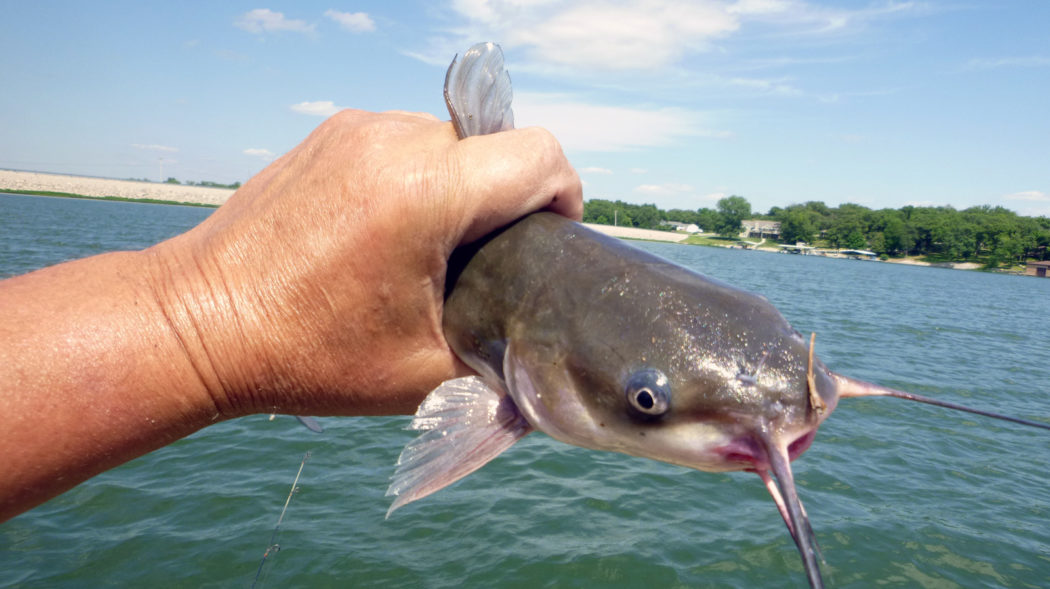
How Long Can a Catfish Live Out of Water?
Unlike many other fish, catfish have a unique organ that enables them to live out of water for up to eighteen hours. They have a suprabranchial organ which allows some catfish to survive many hours without water. This lung-like organ is located above the arches of their gills.
It helps catfish to breathe in oxygen from the air, much like a human’s lungs do. This organ is helpful to catfish because it often allows them during droughts to move overland to search for more water. They can survive in muddy conditions for extended periods because of their ability to breathe oxygen from the air.
However, it does not take in the same amount of oxygen they get from the water, so the time frame is limited to survive out of water.
When transporting a catfish home after fishing, it is best to put some water in a cooler with plenty of water and then kill and clean it at home or to kill it and clean it at the lake and pack it on ice on the way home to keep if fresh and so it will not spoil.
Fish Cooler
When fishing, a fish cooler is essential for keeping your catch fresh.
This fish cooler has an ultratherm insulated body and lid which can keep ice for 5 days.
Two retractable rod holders and two drink holders are included in this fish cooler on wheels.
This fish cooler bag is extremely light and foldable when not in use.
How Long Can a Catfish Be Kept on Ice?
Catfish and even saltwater catfish are safe and good to eat. If you want to keep your catfish as fresh as possible before cleaning them, you will want to keep them on ice. It is best to place them on ice as soon as you catch them after ice fishing. If you properly pack them on the ice, they can last from 24 to 36 hours.
Do not let them get soggy. Make sure to drain off the water as the ice melts. You will need about two pounds of ice per fish.
It helps to stun and bleed the fish before wrapping them in plastic wrap to help keep them fresh longer. When possible, it helps to go ahead and clean and gut fish as soon as possible, then store it on ice to stay fresh. After you stun and bleed the fish and fillet it, wash it with cold water, dry it off, wrap it, and then place it on the ice in a cooler.
If you freeze fish, only thaw what you will eat. Thawed fish spoil faster. Make sure to get as much air out of the bags before freezing them to prevent freezer burn. Do not open the cooler any more than necessary to keep the ice from melting and the fish as cold as possible.
Check this article if you want to know the best catfish reels.
How to Tell If Fish Have Been on Ice Too Long
If you notice any of the following signs, you may have left your fish on ice too long, and they should not be eaten to prevent food poisoning.
- Strong pungent smell more than normal fishy.
- Slimy coat or a film on the outside of your fish.
- Eyes glazed over indicate the fish is going bad.
- Discoloration of the scales and gills. Gills should be a reddish color.
- White or a milky color.
Food poisoning is terrible to get, so you should dispose of the fish immediately if any of these things occur.
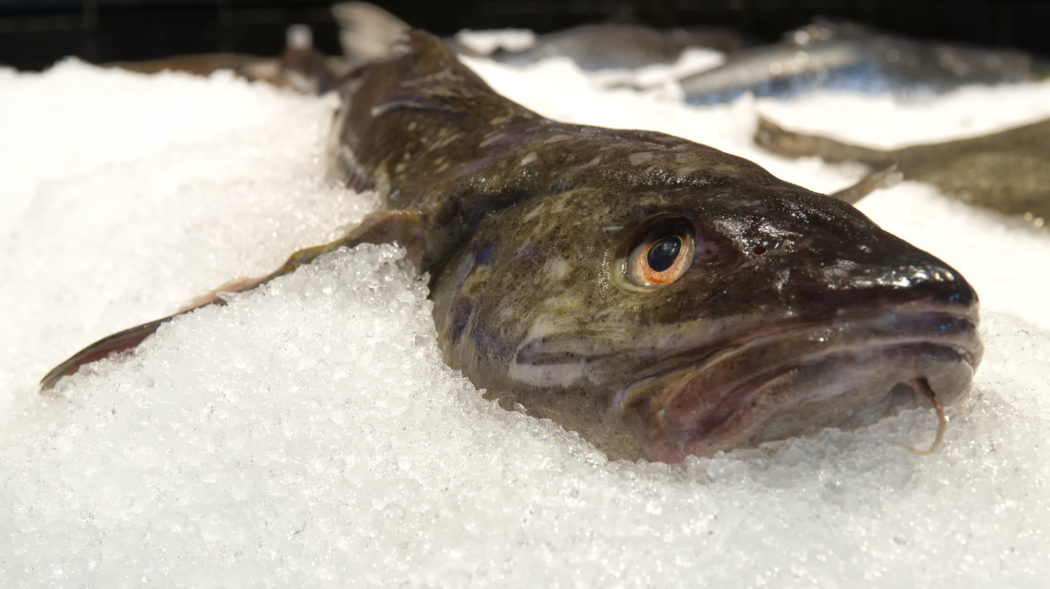
How Long Can a Catfish Live in Mud?
When necessary, catfish can live months in mud if enough water surrounds it. If it gets too dry, they will try to move to where more water is already. They can use their suprabranchial organ to survive many hours without water or in a muddy area with little water.
How Deep of Water Do Catfish Prefer to Live in?
During the daytime, when it is warmer, catfish particularly like to be in deeper water. They feed on the bottom and tend to go to the deepest parts of the water, often in depths of 35 to 70 feet deep. They will be whatever depth is deepest at times, especially blues, channel cats, and flatheads.
They do come up closer to the surface to eat late at night and in the early morning. They come up during spawning time. They will also come up to the water’s surface does not have enough oxygen so they can get air. They come up when looking for other food sources like bugs and frogs.
To Conclude
Catfish may live several variations depending on the species of catfish. Catfish can live outside of water for several hours and can even move to find water when needed. They like cooler water and tend to stay deeper under the surface when it is hot outside. They eat other fish, insects, frogs, and an occasional bird or dog when hungry enough and the prey is available. They can be kept fresh for several hours if appropriately prepared before being put on ice. However, caution should be taken to prevent food poisoning by properly storing them.
If you get confused between Carp vs Catfish, check this article to know what does a carp fish look like.
As an Amazon Associate, Fishermen's Angle earns from qualifying purchases. We get commissions for purchases made through links in this post.



